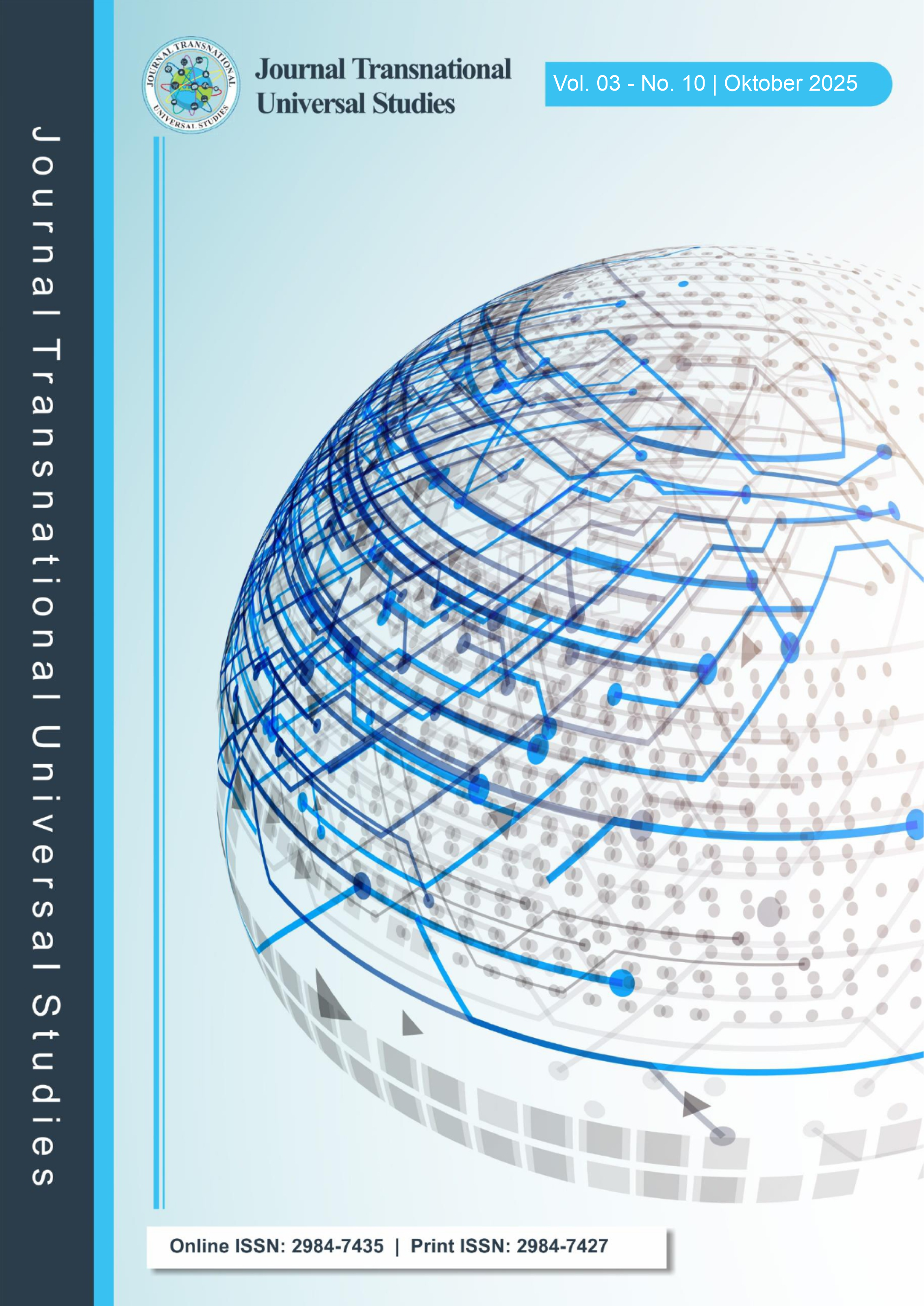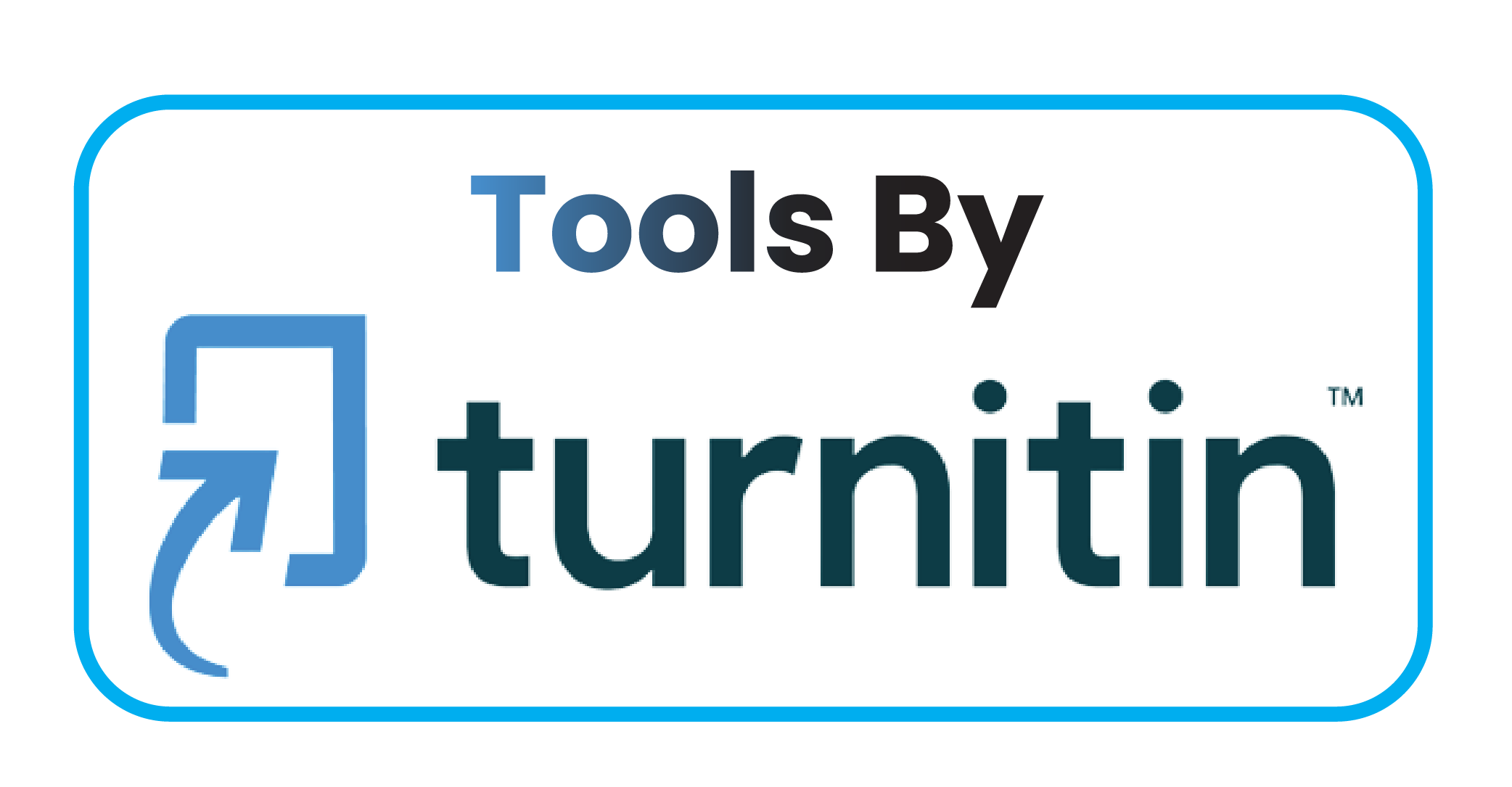Integrated Agriculture Bioferdom: Promoting Fertilizer Independence Through The Implementation Of Biosulfur Fertilizer On Agricultural Land In Banggai Regency
DOI:
https://doi.org/10.58631/jtus.v3i9.194Keywords:
Bioferdom, biosulfur slurry, sustainable agriculture, community empowerment, SDGs, agricultural productivityAbstract
Banggai Regency, Central Sulawesi, has significant potential that has not been optimally utilized, one of which is in Kayowa Village, Batui District. Nearly 70% of the area consists of agricultural land. The main problems faced by farmers are the high price of chemical fertilizers, uneven distribution, and dependence on chemical fertilizers, which risk reducing soil fertility and polluting the environment. To address these challenges, PT Pertamina EP Donggi Matindok Field (DMF) initiated the Integrated Agriculture Bioferdom program, which utilizes biosulfur slurry by-products as raw materials for organic fertilizers. The program is implemented through a collaborative approach involving the village government, farmer groups, companies, and the regency government to create a sense of ownership and encourage sustainability. Planning and evaluation were carried out using the logical framework approach (LFA) to ensure that the program was measurable and focused. The research method used a descriptive-qualitative approach with active community participation. Planning and evaluation were carried out using the logical framework approach (LFA) so that the program was measurable and focused. The research method used a descriptive-qualitative approach with active community participation. Data were collected through focus group discussions, in-depth interviews, and field observations to identify problems and formulate solutions. The results of the implementation show a reduction in biosulfur emissions of 127.6 tons/year, an increase in agricultural productivity of up to 57%, production cost efficiency of IDR 4,080,000/person/season, and an increase in the selling value of agricultural products of IDR 18,144,000/Ha/season. Socially, the program empowered 25 farmers and encouraged the independence of local fertilizers. This program contributes to the achievement of the SDGs, particularly Goal 1 (No Poverty), Goal 8 (Decent Work & Economic Growth), Goal 13 (Climate Action), and Goal 15 (Life on Land).
Downloads
Published
Issue
Section
License
Copyright (c) 2025 Sofiana Nur Khasanah, Hanna Prabandari, Fuad Rafif Prasetyo, Muhammad Alfano Prasetyo, Ni Wayan Panca Indah

This work is licensed under a Creative Commons Attribution-ShareAlike 4.0 International License.











